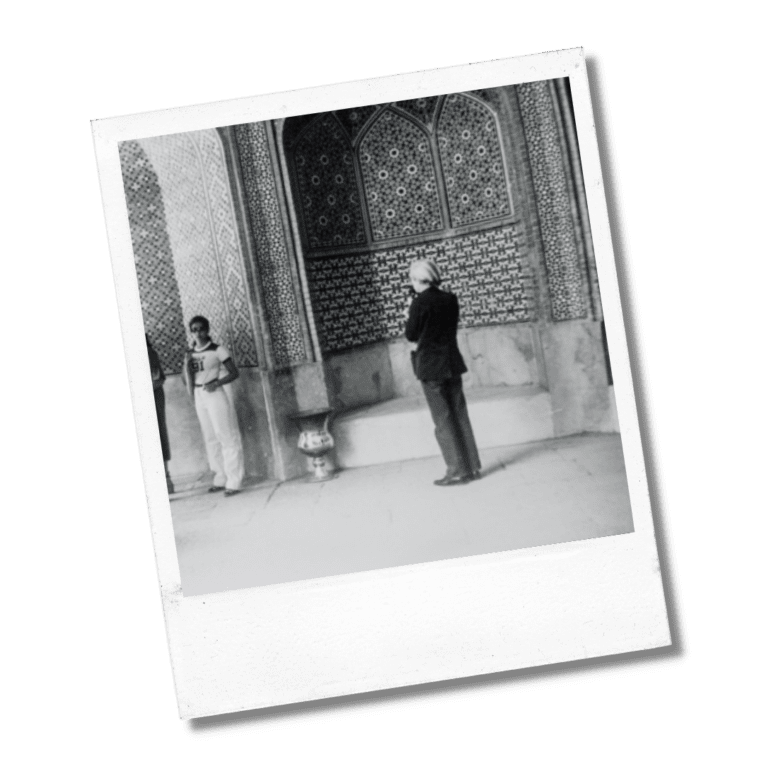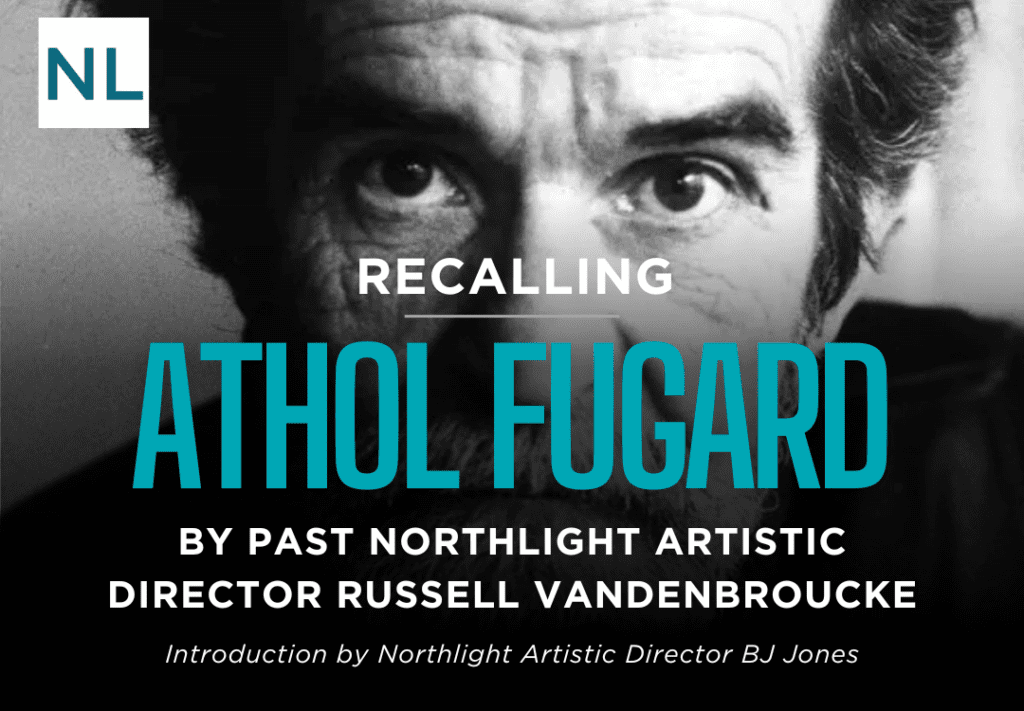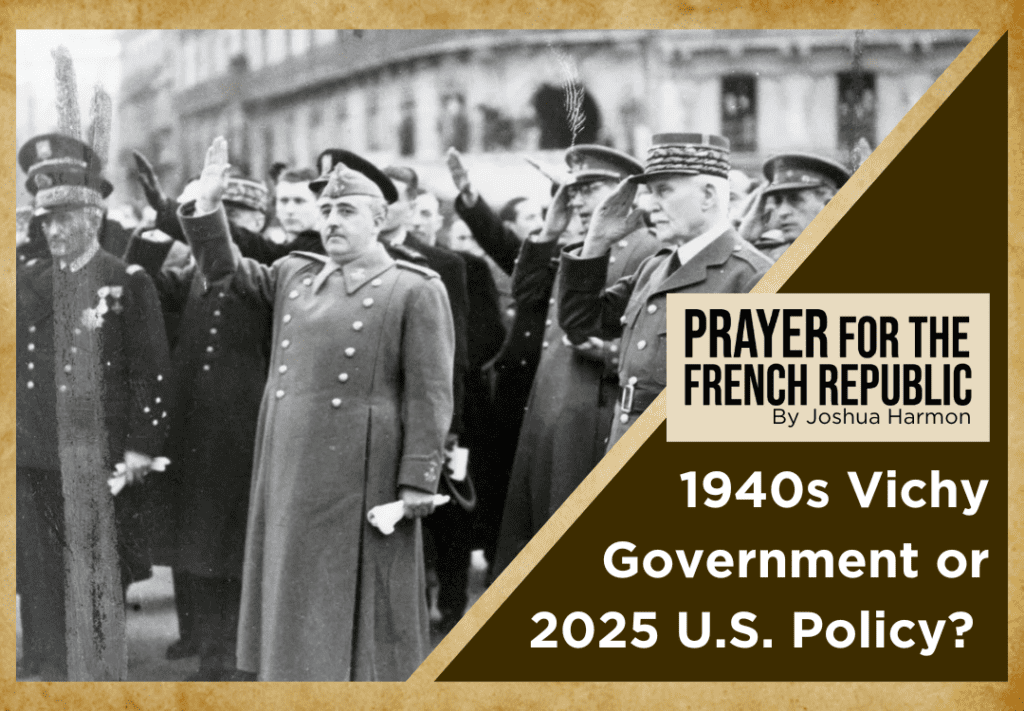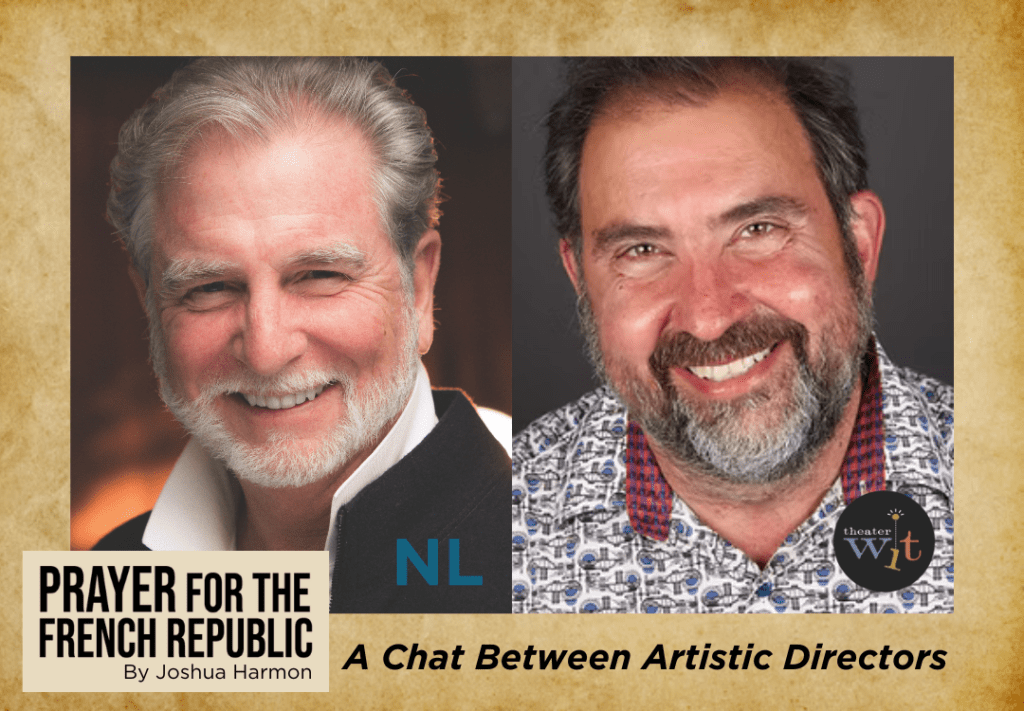Excerpts from an interview with the artist’s biographer, Bob Colacello
By Dan Washburn
Bob Colacello has said he was the Andy Warhol biographer who knew Warhol for more than 15 minutes. He was editor of Warhol’s Interview magazine from 1971 to 1983, and became actively involved in all aspects of life—business and social—at The Factory, Warhol’s studio, including procuring celebrity clients for Warhol’s famous silkscreened portraits. Colacello’s book, Holy Terror: Andy Warhol Close Up, came out in 1990. In 1976, Colacello traveled to Iran with Warhol.
First, can you describe what brought about your trip to Iran with Andy?
Well, it happened because we had gotten to know the Iranian ambassador to the United Nations, Fereydoon Hoveyda, and he actually arranged for Andy to do a portrait of the Shabanu, or the Empress, Farah Pahlavi. So the purpose of the trip was basically for Andy to take polaroids of her, which then would be made into portraits.
What was your general impression of Iran at that time before you went?
I think my impression of Iran was different than the general impression of Iran. I was criticized for running an interview with the Empress in Interview magazine. Andy’s politics were, you know, he was a democrat, but he also was fascinated by world leaders. He had already done the portraits of Golda Meir and Willy Brandt of Germany. We were trying very hard to get Imelda Marcos to commission portraits because we thought she would get thousands done for every post office in the Philippines.
When we went [to Iran], it was obvious that while you probably couldn’t stand on a street corner and denounce the Shah, Iran seemed to be a rather free society. Particularly women were free. Tehran, anyway, seemed to be a largely westernized city, or modernized city, I should say, because you definitely felt you were in the Middle East — prosperous, thriving, and growing. So many of the people we met — admittedly we met mostly the upper classes — were Christians, Jews and Baha’is, all of whom were forced out or killed when the Ayatollahs came in. I mean, my point of view on Iran is coming from a different place than I think a lot of others.

What did Andy think of Iran?
Well, Andy was like, “Oh gee, oh wow, how glamorous.” He loved the fact that we could call room service at the Hilton Hotel and get caviar all day long for $10 an order… Andy’s politics are different. I was republican and Andy was a democrat — we would kind of tease each other about it.
What did you think about the art scene in Iran?
We really weren’t taken to any galleries or artist studios. But in the New York art world there was a sense that, or definitely knowledge that, the Empress was building this museum and buying lots of paintings.
The funny thing about Andy is that he wasn’t, we didn’t really see that many artists. Again, we were criticized for this, but we saw a lot more sort of society people. Andy was really selling a lot of these commissioned portraits and that was basically what was supporting Interview magazine and allowing Andy to have a staff of 20 people working on his various creative projects.
So, if art wasn’t necessarily part of the itinerary, what did Andy like to do while traveling in a country like Iran?
I have to tell you, Andy liked to stay in his hotel room and call New York, order room service. He basically waited for Fred Hughes, his manager, or me to tell him what to do.
I mean, we went to Mexico, for example, in 1972. We went to see the pyramids outside of Mexico City. Andy refused to get out of the car. He said, “Oh, they’re just a pile of old rocks.” Andy, it seemed me, did not want to contaminate his pop vision with too much history.
But he knew his art history. He pretended he didn’t for the press and the general public, because it was all part of his pop image, you know, playing it dumb, but he wasn’t. I mean I think Fred and I wanted to go to Isfahan and Shiraz more than Andy did, but that’s not to say that was just because it was Iran. He would be the same way in Paris or Rome. He basically wanted to, he liked to go to fancy restaurants and he wanted to make money. He basically considered them business trips and the idea was to sell as much art as possible. So most of our time was spent with rich collectors.
Also because of Interview we saw a lot of people in fashion, a lot of models. Andy loved that whole world, and movie people and celebrities and all of that was part of what Interview covered. So it all kind of fit together.
How did people react to Andy in Iran?
The people we saw, again were mostly the sophisticated slice of society. They were people who had spent time in America and Europe on a regular basis, so they knew who Andy was. I mean walking in the streets, Andy was strange looking with his white wig and his pallor, but that could happen anywhere. I think people treated Andy with a kind of respect and curiosity. They wanted to meet him.



